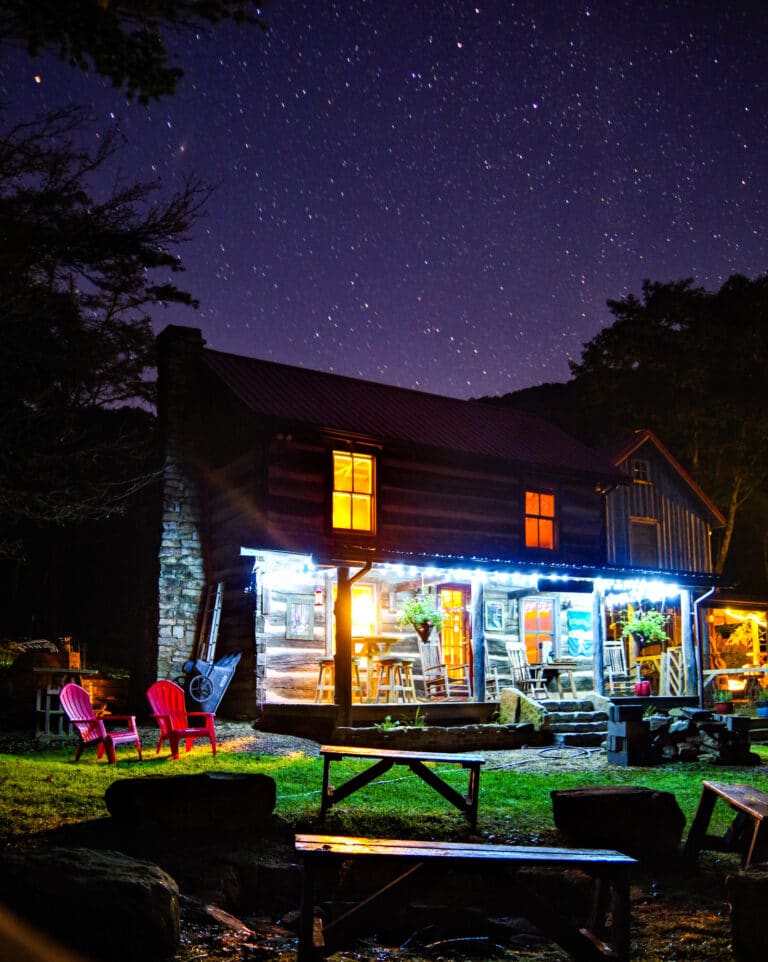 Pillow Rock Rapid on West Virginia’s Gauley River is a roiling torrent of class V whitewater. When a raft guide maneuvers a 16-foot commercial boat loaded with adventure seekers through the rapid, the raft bobs and rolls, plummets into troughs and pops over the crests of enormous waves, and emerges from the last hole like a breaching whale.
Pillow Rock Rapid on West Virginia’s Gauley River is a roiling torrent of class V whitewater. When a raft guide maneuvers a 16-foot commercial boat loaded with adventure seekers through the rapid, the raft bobs and rolls, plummets into troughs and pops over the crests of enormous waves, and emerges from the last hole like a breaching whale.
On a riverboard—essentially a glorified boogie board for whitewater—the ride through Pillow Rock Rapid is a lot faster. The entire rapid lasted less than a breath of air. All I saw was white. It was like being inside a giant washing machine.
My first riverboard was two $10 beach boogie boards laced together with parachute cord. I was volunteering for the Great Falls Rapid Race on the Potomac River in northern Virginia. I kicked out to an island next to the steepest section of the falls to hang a sponsor banner on the rock, and then spent the rest of the morning watching from ringside as racing kayakers and canoeists dropped over the 20-foot spout.
I remember wondering if a person could run it on two bargain-basement foam slabs tied together with string and not really knowing the answer. That was 1991, and riverboarding was practiced almost exclusively in France. I don’t think there was another riverboarder on the East Coast of the U.S. Eighteen years later, there are still only a handful of us out there.
Honestly, riverboarding isn’t half as hard as it looks. You’re lying on the board the whole time, so it doesn’t require a lot of balance. With all your weight up front, you plow through holes and hydraulics that might stop other craft short, turn them and flip them. On some rivers, if you do little but hold on to your board, you still have far more flotation than any other person in the water. A passing kayaker once asked me how I might Eskimo-roll my board when it flips. But there is no rolling required in riverboarding. You just turn the board over and climb back on. I believe that if you already know how to read river rapids, a riverboard is the fastest ticket to class-V water.

But I still get “those looks” from skeptics almost every time I riverboard. I’ve had kayakers refuse to paddle with me, drivers refuse to shuttle me, and raft guides refuse to even talk to me, though they frequently use me as a negative example for their clients. And yet swift-water rescue teams often employ riverboards – they’re stable and can get where other boats can’t. Small children boogie board on ocean waves that are twice the size of what we find on some rivers, and in many other countries, outfitters even offer guided riverboard trips.
Of course, riverboarding has risks like any other water sport, and it has a smaller margin for error. Where a kayaker might have 100 feet of warning before a hidden hazard and a rafter 150, a riverboarder might have a scant 20. Probably the most difficult aspect is simply developing a desire to be chin-deep in the very place everybody else on the river trained years to avoid. Every wave is a face shot, and body-temperature regulation is a challenge even in the best of conditions. This is not a good sport for cold people, nor for those who hate swimming. And certainly, I’ve dropped over ledges, into holes and off the tops of house-sized standing waves thinking, “Hmm… I’m not quite sure what’s about to happen.”
Sometimes, the risks are a little less obvious. I spent weeks on the toilet last spring nursing an angry case of giardia. I have since learned to keep my mouth shut, spit often, and let the first big rains of spring go past before pulling my board out of winter storage.
But riverboarding has incredible potential, especially here in the Southern Appalachians. If riverboarding grows like I think it can, “You riverboarded the whole section?” may become as ubiquitous a question as “How do you get the rope up there?” is to rock climbers. You’ll be able to virtually walk across streams on the sky-turned rears of riverboarders, and even the vaunted Gauley River will be just another thing to do on Saturdays in autumn. •






